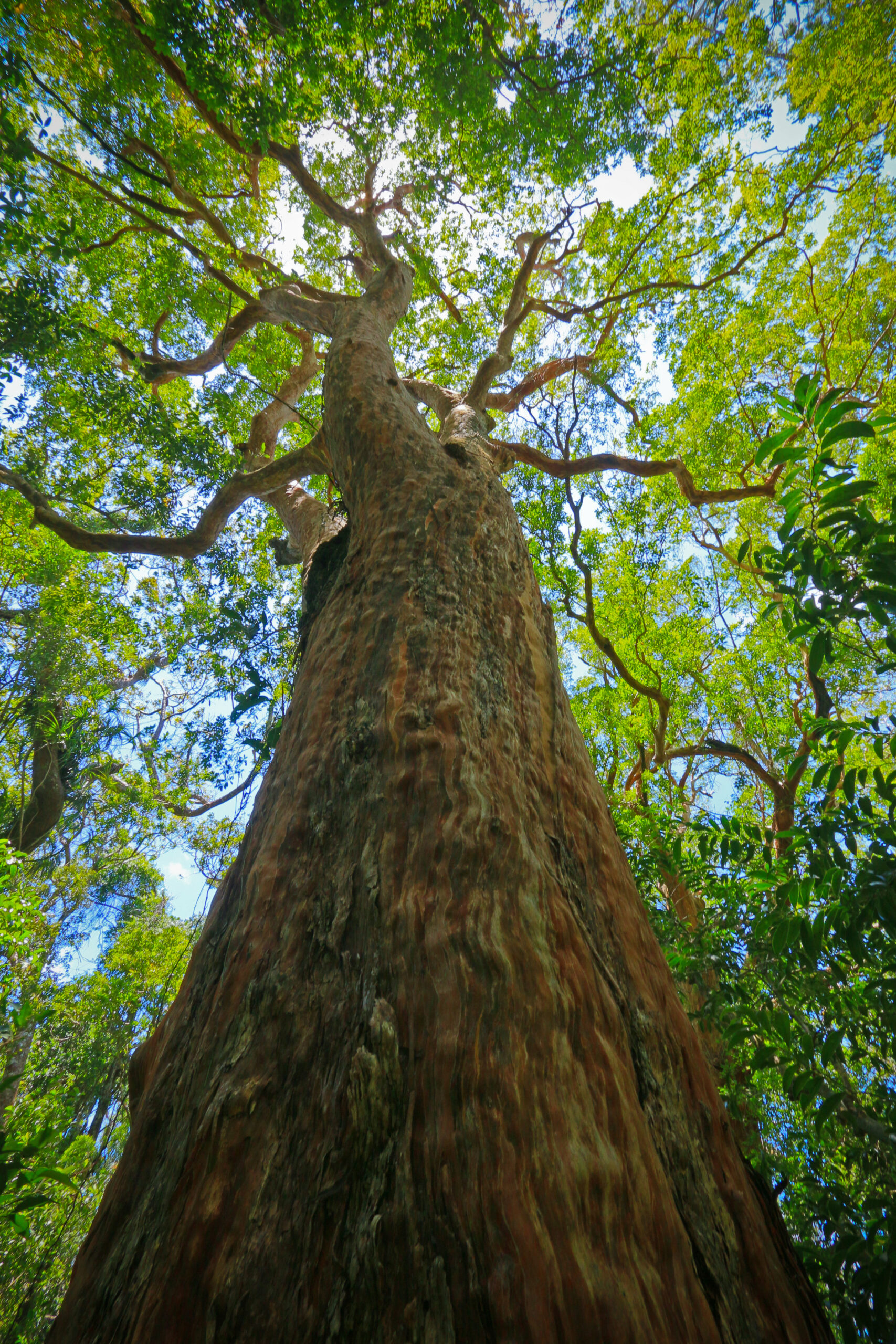| Local Name | Place |
| Manggis | Sulu |
| Manggis | Palawan |

Did you spot something we need to update?
Do let us know. Together, let's grow the database.
Reach out to us at binhi@energy.com.ph
Found in undisturbed mixed dipterocarp forests up to 300 m altitude. Common at alluvial sites and on hillsides. Also found on limestone. In secondary forests usually present as a pre-disturbance remnant tree.
Locate our planted MANGGIS Trees
Locate our planted MANGGIS Trees

trees planted in the country!

Spread awareness and learn about the 96 native Filipino trees species EDC has saved from extinction. Get your own copy of the coffee-table book today!